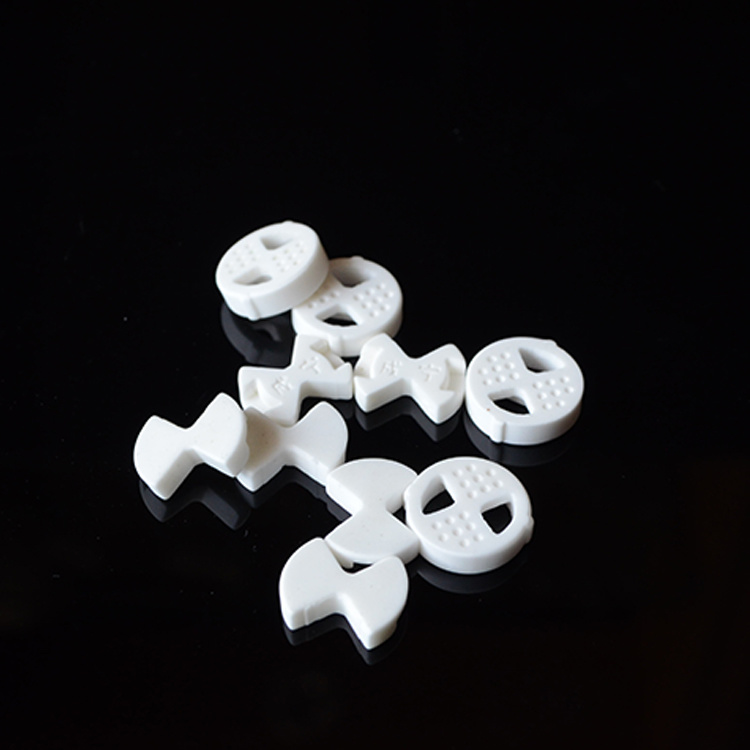
Understanding the Role of Fire Assay Crucibles and Cupels in Cupellation
Time:
2024-05-09 09:00
Source:
Fire assay crucibles and cupels are indispensable tools in the process of cupellation, a technique used to purify precious metals such as gold and silver. In the realm of ceramics, these tools are utilized to ensure the quality and purity of the materials used in the production process.
When it comes to selecting the right fire assay crucibles and cupels for cupellation, it is essential to consider factors such as material composition, size, and durability. Crucibles are typically made from materials like clay, graphite, or silica, each offering unique properties that can affect the outcome of the cupellation process. Cupels, on the other hand, are often made from bone ash or magnesia, providing a porous surface for the absorption of impurities.
The proper use of fire assay crucibles and cupels is crucial in achieving accurate and reliable results in cupellation. These tools are designed to withstand high temperatures, ensuring that the materials being tested are subjected to the optimal conditions for purification. Additionally, the shape and design of the crucibles and cupels can impact the efficiency of the cupellation process, making it essential to choose the right tools for the job.
In the realm of ceramics, the quality of the materials used directly impacts the final product. By utilizing high-quality fire assay crucibles and cupels in the cupellation process, ceramic manufacturers can ensure that their products meet the highest standards of purity and performance. Whether it's testing raw materials or monitoring the quality of finished products, these tools play a vital role in the production of top-notch ceramics.
Overall, fire assay crucibles and cupels are essential components in the cupellation process, particularly in the field of ceramics. By understanding their role and importance, professionals in the industry can make informed decisions when selecting these tools for their production processes.
When it comes to selecting the right fire assay crucibles and cupels for cupellation, it is essential to consider factors such as material composition, size, and durability. Crucibles are typically made from materials like clay, graphite, or silica, each offering unique properties that can affect the outcome of the cupellation process. Cupels, on the other hand, are often made from bone ash or magnesia, providing a porous surface for the absorption of impurities.
The proper use of fire assay crucibles and cupels is crucial in achieving accurate and reliable results in cupellation. These tools are designed to withstand high temperatures, ensuring that the materials being tested are subjected to the optimal conditions for purification. Additionally, the shape and design of the crucibles and cupels can impact the efficiency of the cupellation process, making it essential to choose the right tools for the job.
In the realm of ceramics, the quality of the materials used directly impacts the final product. By utilizing high-quality fire assay crucibles and cupels in the cupellation process, ceramic manufacturers can ensure that their products meet the highest standards of purity and performance. Whether it's testing raw materials or monitoring the quality of finished products, these tools play a vital role in the production of top-notch ceramics.
Overall, fire assay crucibles and cupels are essential components in the cupellation process, particularly in the field of ceramics. By understanding their role and importance, professionals in the industry can make informed decisions when selecting these tools for their production processes.
fire assay crucible and cupel used in cupellation

